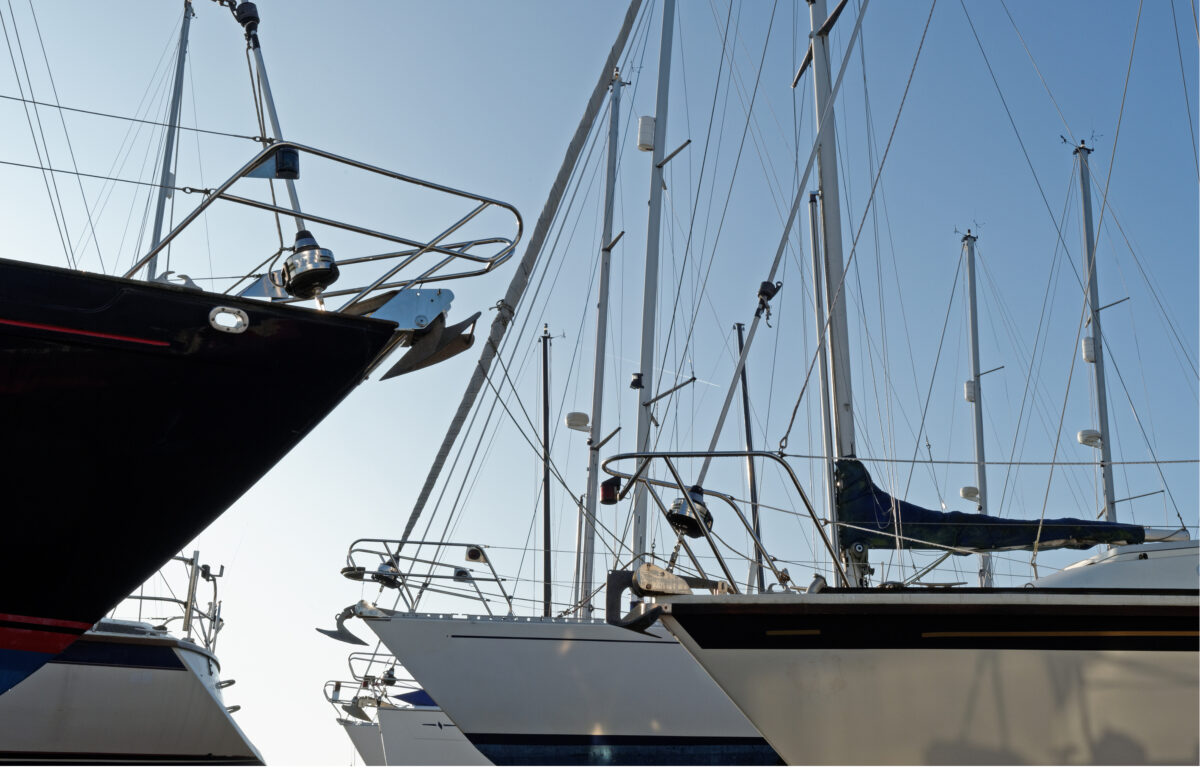
Preparing Your Boat for Winter: A Comprehensive Guide
As winter’s frosty embrace draws near, it’s time to gear up and ensure your vessel is winter-ready. Whether you’re planning to tuck her away for the season or continue enjoying her during the colder months, proper winterisation is essential to safeguard your investment and maintain your boat’s peak condition.
Why Winterisation Matters
Winterising your boat isn’t just about aesthetics; it’s a vital step in preserving your boat’s integrity and performance. Neglecting this process can lead to a host of issues, including mould growth due to insufficient ventilation, clogged fuel lines from diesel bugs, engine malfunctions, and battery damage. By dedicating some time to winterisation now, you’ll spare yourself the potential headaches, costs, and hassles when the warmer seasons roll around.
The Winterisation Procedure
Winterising your boat might seem like a complex task, especially if you’re new to it. However, we’ve broken down the process into manageable steps to help you tackle it with confidence.
1. Clearing the Decks
Before stowing your boat for the season, it’s essential to declutter and clear out as much as possible. Items like cushions and soft furnishings are vulnerable to dampness, so it’s wise to keep them at home. If you choose to keep them on board, ensure they are well-ventilated. Valuables, especially, are better off at home, especially if your boat is spending the winter moored.
2. Selecting the Right Storage
The ideal winter storage involves a covered space, well-protected from the elements and out of the water. While this offers the best protection, it may not always be feasible. Alternatively, consider using shrink-wrap or a tarpaulin to cover your boat. Keeping your boat out of the water reduces the risk of weather-related damage, as water retains heat longer than the air.
3. Ventilation and Moisture Control
For boats left moored without access to power during winter, maintaining proper ventilation is crucial to prevent mould and mildew. Stagnant air can be a breeding ground for these issues, which are not only unsightly but can also impact health. You can opt for moisture absorbers or traps as an economical alternative to dehumidifiers. If you have access to power, consider a dehumidifier with a small heater. Ensure your dehumidifier is equipped with a continuous drain mode connected to a sink for efficient operation.
4. Draining the Boat’s Systems
Prepare your boat for winter by thoroughly draining its systems, including bilges and tanks. If you have a flexible water tank, you can either remove it for cleaning at home or fill it with sterilising fluid to soak before draining and cleaning. Depending on whether your boat is on the water or on dry land, you should either firmly close or leave seacocks open.
5. Shielding Your Boat
Whether your boat is afloat or ashore, protecting it from the elements is paramount. Utilize a well-fitted cover for the cockpit and consider removing items like spray-hoods, dodgers, sail covers, and sails. If you decide to keep a furling headsail on, ensure it’s securely fastened. For boats moored, consider doubling up on your boat’s lines for added security. Conduct a thorough inspection for leaks and install a float-switch-operated bilge pump to handle unexpected water ingress.
6. Winterising Your Engine
Properly winterising your boat’s engine is essential for longevity. This involves changing oils and filters, topping up the fuel tank, and adding an anti-bug additive. Don’t forget to flush the raw-water cooling system. For boats equipped with a closed-circuit cooling system, top it up with anti-freeze. To prevent rainwater from entering the fuel tank, apply a thin coat of Vaseline to the fuel filler cap thread.
7. Additional Considerations
In addition to the above steps, remember to:
- Check electrical components
- Remove lights
- Wash and store lines
- Review your insurance coverage
By dedicating time and effort to winterise your boat, ensuring it’s properly stored and maintained throughout the colder months, you’ll ultimately save time and money when you’re ready to set sail again in the warmer seasons.
